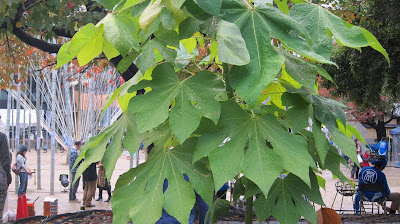Hiroshi I just send photos my greenhouse coach suggest me to gently place away the sprouts one from each other, so their roots do not get entangled I do so very gently, and they seem to like it very much is amazing, all the little leaves that are flourishing, also how these sprouts are so green bright at the sunlight kind Alberto
Hibaku trees: the trees that survived the atomic bombings/Nature tells us with no ideological standpoint about war atomic bombs peace nature and the environment - Dr. Chikara Horiguchi 原爆にも耐え生きる被曝樹木/自然は戦争 原子爆弾 命 ネイチャー 環境などをイデオロギーに関係なく語ってくれます - 樹木医堀口力 Grow your hibaku tree: treeprojects@gmail.com



Comments